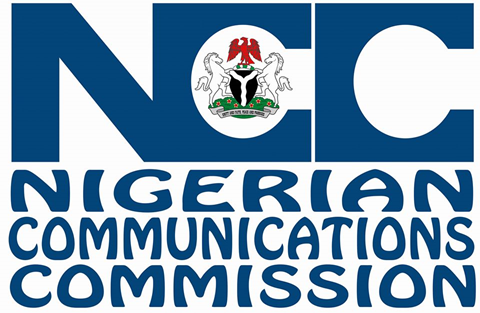By Samson Echenim
Nigerian shipowners will need more than the higly coveted $124 million Cabotage Vessels Financing Fund (CVFF) to establish the planned national fleet, a shipping industry expert, Mr Iloka Elvis has said.
The CVFF was created in the Coastal and Inland Shipping Act, 2003, otherwise known as the Cabotage Act, to aid local shipping lines in the acquisition of ships and platforms for purposes of trading in the country’s waters. The fund has grown to $124 million, according to the Nigerian Maritime Administration and Safety Agency (NIMASA), which is the custodian of the fund on behalf of the Ministry of Transportation.
Director General of NIMASA, Dr Dakuku Peterside had recently, in Norway, said the federal government had concluded plans to re-establish a national fleet many years after the Nigerian Nationa Shipping Line went into extinction.
Peterside said Nigerian investors would own 51 per cent stake in the national shipping line, while a technical partner would own 49 per cent. Before now, Nigerian shipowners had called on NIMASA to disburse the CVFF, or use it to set up the planned national fleet.
Speaking with Business a.m on the renewed interest in a national fleet, Elvis said Nigerian investors who want to own the national shipping line should look beyond the CVFF.
He said, “Establishing a shipping do take much more fund that what we think we have in the CVFF and considering the length of time it will take to bring the shipping into operation and with the kind of speed we are seeing, I do not think many investors would think we are serious.
“We have very few businesswise shipowners right now. So, to make this work, we should look beyond those we think are shipowners or industry players because many of them cannot invest in this national shipping line.”
Despite his promise to disburse the CVFF in the first quarter of this year, the NIMASA boss has held very tightly to the fund with fears that industry operators would only misuse the fund.
Peterside, while delivering a lecture on “Effective Policy Implementation: A Panacea for Sustainable Participation and Growth of Nigerian Maritime Sector” earlier in the year, said that the agency would begin the disbursement of the CVFF in the first quarter of 2019.
He noted that the disbursement of CVFF would crash the interest rate to single digit interest rate.
According to him, the effective utilisation of the CVFF will also create more jobs in the country, without giving any hint on how the federal government planned to create jobs with the fund.
Last week, the NIMASA DG said the federal government has said it had adopted a partnership arrangement that would allow Nigerian investors to own 51 per cent stake in the national shipping line, which the Muhammadu Buhari-led administration plans to re-establish. The remaining 49 per cent will be taken by a foreign technical partner.
The Federal Government had since 2016 muted the revival of the dead national shipping line, without showing commiserate political will to actualise the laudable plan
Dakuku Peterside however, told the international media at a breakfast meeting on the sideline of the ongoing Nor Shipping Conference and Exhibition in Oslo, Norway, that Nigerians would be able to lift the country’s crude oil for export when the national fleet began operation
He noted that the shipping line would would end the capital flight, associated with the present arrangement where Nigeria sells its oil on free on board (FOB).
“The new national fleet will be owned 49 per cent by a technical partner and the balance of 51 per cent by Nigerian investors. According to the plan, the Nigerian investors will hold equity in lots, so there will be no domineering shareholder,” Dakuku was quoted in a statement by the agency’s Head of Corporate Communications, Isichei Osamgbi
He invited local and foreign investors who are interested in the project to partner with the country, the NIMASA boss said reestablishment of the national fleet was part of the country’s new strategic direction on the blue economy, designed to tap its maritime potential.








